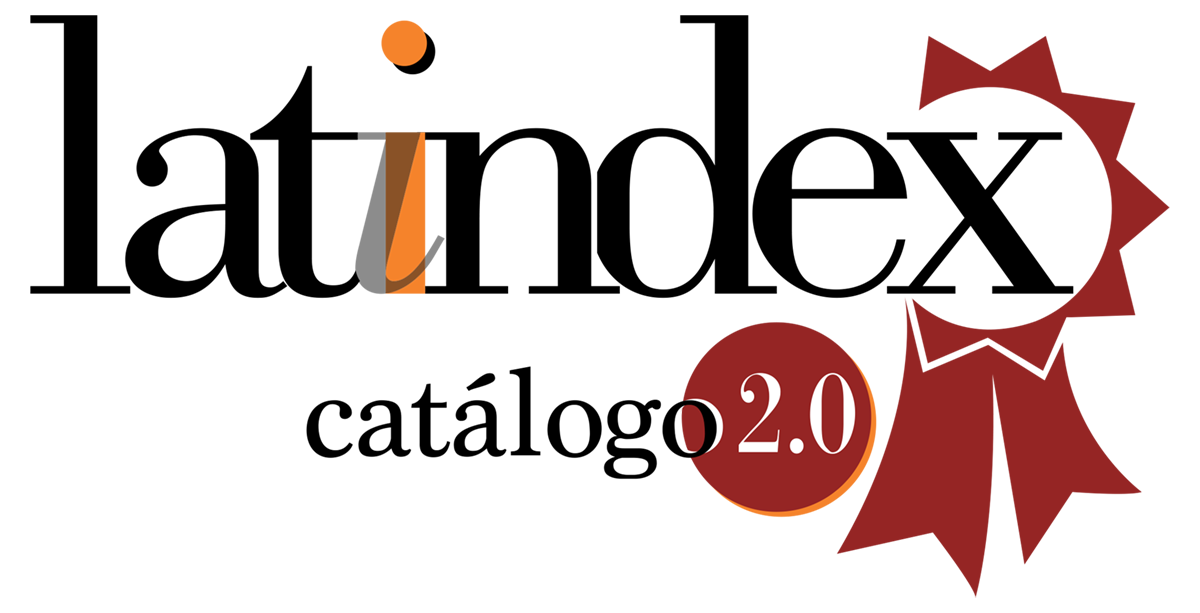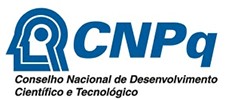Influence of the gender, age and time of practice in perception on teamwork
DOI:
https://doi.org/10.5935/1415-2762.20170021Keywords:
Family Health Strategy, Job, Patient Care TeamAbstract
The aim of this study was to identify if the variables gender, age and time of work influence the perception of professionals about teamwork in the
Family Health Strategy (FHS). This is a non-probabilistic cross-sectional study, conducted with 458 professionals belonging to 72 FHS teams allocated
in 34 basic units in a city in northwestern Parana. Data were collected from March to July 2016 with survey of sociodemographic data, application
of the Team Climate Inventory (TCI) and two questions: "What grade would you give to your team FHS as teamwork" and "In what grade would you
be as member of your team?" In the association between the results and the different variables we used the Kruskal-Wallis test followed by the post
hoc test of multiple comparisons of Dunn. It was observed that there was no significant difference between the genders for the marks awarded to
the team (NE), personal note (NP) and average TCI. To the age, was observed a difference between the NE (p = 0.0138) and NP (p = 0.0210), where the
professionals of up to 30 years old, who attributed the lower average scores (186.11 and 184.76 respectively). For the work of time variable in the team
observed a significant difference in NP (p = 0.0030), with lower scores assigned by professionals with up to one year in teams (186.65). It concludes
that younger professionals or with less acting time tend to assign lower grades for the work of their teams, and for themselves.
Downloads
References
Schutz WC. O prazer - expansão da consciência humana. Rio de Janeiro: Imago; 1974.
Silva SEM, Moreira MCN. Equipe de saúde: negociações e limites da autonomia, pertencimento e reconhecimento do outro. Ciênc Saúde Coletiva. 2015[citado em 2016 dez. 15];20(10):3033-42. Disponível em: http://www.scielosp.org/pdf/csc/v20n10/1413-8123-csc-20-10-3033.pdf
Kinlay E. Observation of interprofessional collaborative practice in primary care teams: an integrative literature review. Int J Nurs Stud. 2015[citado em 2017 jan. 15];52(7):1217-30. Disponível em: https://www.ncbi.nlm.nih.gov/pubmed/25862411
Valentine MA, Nembhard IM, Edmondson AC. Measuring teamwork in health care settings: a review of survey instruments. Med Care. 2015[citado em 2017 jan. 15];53(4):16e30. Disponível em: https://www.ncbi.nlm.nih.gov/pubmed/24189550
Chen FM. Insights from exemplar practices on achieving organizational structures in primary care. J Am Board Farm Med. 2015[citado em 2017 jan. 15];28(2):190-4. Disponível em: https://www.ncbi.nlm.nih.gov/pubmed/25748759
Goulart BF, Camelo SHH, Simões ALA, Chaves LDP. Teamwork in a coronary care unit: facilitating and hindering aspects. Rev Esc Enferm USP. 2016[citado em 2017 jan. 15];50(3):479-86. Disponível em: http://www.scielo.br/pdf/reeusp/v50n3/pt_0080-6234-reeusp-50-03-0482.pdf
Silva MC. Adaptação transcultural e validação de instrumento de avaliação de trabalho em equipe: Team Climate Inventory no contexto da Atenção Primária à Saúde no Brasil [dissertação]. São Paulo: Universidade de São Paulo, Escola de Enfermagem; 2014.
Stokes ME, Davis CS, Koch GG. Categorical data analysis using SAS system. 2ª ed. Cary: StatisticalAnalysis System Institute; 2000.
Durao AVR, Menezes CAF. Na esteira de E.P. Thompson: relações sociais de gênero e o fazer-se agente comunitária de saúde no município do rio de janeiro. Trab Educ Saúde. 2016[citado em 2017 jan. 15];14(2):355-76. Disponível em: http://www.scielo.br/scielo.php?pid=S1981-77462016000200355&script=sci_abstract&tlng=pt
Dedecca CS, Ribeiro CSMF, Ishii FH. Gênero e jornada de trabalho: análise das relações entre mercado de trabalho e família. Trab Educ Saúde. 2009[citado em 2017 jan. 15];7(1):65-90. Disponível em: http://www.scielo.br/scielo.php?script=sci_arttext&pid=S1981-77462009000100004
Brito JC, Neves MY, Oliveira SS, Rotenberg LS. Subjetividade e trabalho: o enfoque clínico e de gênero. Rev Bras Saúde Ocup. 2012[citado em 2017 jan. 15];37(126):316-29. Disponível em: http://www.scielo.br/scielo.php?pid=S0303-76572012000200013&script=sci_abstract&tlng=pt
Coutinho ML. Quando o executivo é uma “dama”: a mulher, a carreira e as relações familiares. In: Carneiro TF. Família e casal: arranjos e demandas contemporâneas. São Paulo: Loyola; 2003. p. 57-78.
Mourão TMF, Galinkin AL. Equipes gerenciadas por mulheres - representações sociais sobre gerenciamento feminino. Psicol Reflex Crítica. 2008[citado em 2017 jan. 15];21(1):91-9. Disponível em: http://www.scielo.br/scielo.php?script=sci_arttext&pid=S0102-79722008000100012
Mourão TM. Mulheres no topo de carreira: flexibilidade e persistência. Brasília: Secretaria Especial de Políticas para as Mulheres; 2006.
Ano VM, Vannuchi MTO, Haddad MCFL, Pissinati PSC. Avaliação de desempenho na opinião da equipe de enfermagem de hospital universitário público. Ciênc Cuid Saúde 2015[citado em 2017 jan. 15];14(4):1403-10. Disponível em: http://periodicos.uem.br/ojs/index.php/CiencCuidSaude/article/view/27886
Cisic RS, Francovic S. Using nursing peer review for quality improvement and professional development with focus on standards of professional performance. Nurs Health. 2015[citado em 2017 jan. 15];3(5):103-9. Disponível em: http://www.hrpub.org/journals/article_info.php?aid=2916
Comazzetto LR, Vasconcellos SJL, Perrone CM, Gonçalves J. A geração Y no mercado de trabalho: um estudo comparativo entre gerações. Psicol Ciênc Prof. 2016[citado em 2017 jan. 15];36(1):145-57. Disponível em: http://www.scielo.br/pdf/pcp/v36n1/1982-3703-pcp-36-1-0145.pdf
Rodrigues MR, Bretas ACP. O envelhecimento no trabalho na perspectiva de trabalhadores da area de enfermagem. Trab Educ Saúde. 2015[citado em 2016 out. 10];13(2):343-60. Disponível em: http://www.scielo.br/scielo.php?script=sci_arttext&pid=S1981-77462015000200343
Washburn ER. Are you ready for generation X? Physician Exec. 2000[citado em 2017 jan. 15];26(1):51-7. Disponível em: https://www.ncbi.nlm.nih.gov/pubmed/10788119
Gomes A, Bem-haja P, Alberty A, Brito-costa S, Fernández MIR, Silva C, AbreItalicoet al.FechaItalico Capacidade para o trabalho e fatores psicossociais de saúde mental: uma amostra de profissionais de saúde portugueses. INFAD Rev Psicol. 2015[citado em 2017 jan.15];1(2):95-104. Disponível em: http://www.infad.eu/RevistaINFAD/OJS/index.php/IJODAEP/article/view/326
Silva PA. >Projeto de integração para novos funcionários da sede da autarquia hospitalar municipal [monografia]. Rio de Janeiro: Programa FGV in Company; 2014.
Alexanian JA, Rak KJ, Reeves S. Beyond the team: understanding interprofessional work in two North American ICUs. Crit Care Med. 2015[citado em 2017 jan. 15];43(9):1880-6. Disponível em: https://www.ncbi.nlm.nih.gov/pubmed/26102250
Matuda CG, Aguiar DML, Frazão P. Cooperação interprofissional e a reforma sanitária no Brasil: implicações para o modelo de atenção à saúde. Saúde Soc. 2013[citado em 2016 nov. 10];22(1):173-86. Disponível em: http://www.scielo.br/pdf/sausoc/v22n1/16.pdf
Silva AM, SÁ MC, Miranda L. Entre “feudos” e cogestão: paradoxos da autonomia em uma experiência de democratização da gestão no âmbito hospitalar. Ciênc Saúde Coletiva. 2015[citado em 2017 jan. 15];20(10 :3063-72. Disponível em: http://www.scielosp.org/pdf/csc/v20n10/1413-8123-csc-20-10-3063.pdf
Downloads
Published
Issue
Section
License
Copyright (c) 2017 Reme: Revista Mineira de Enfermagem

This work is licensed under a Creative Commons Attribution 4.0 International License.





































